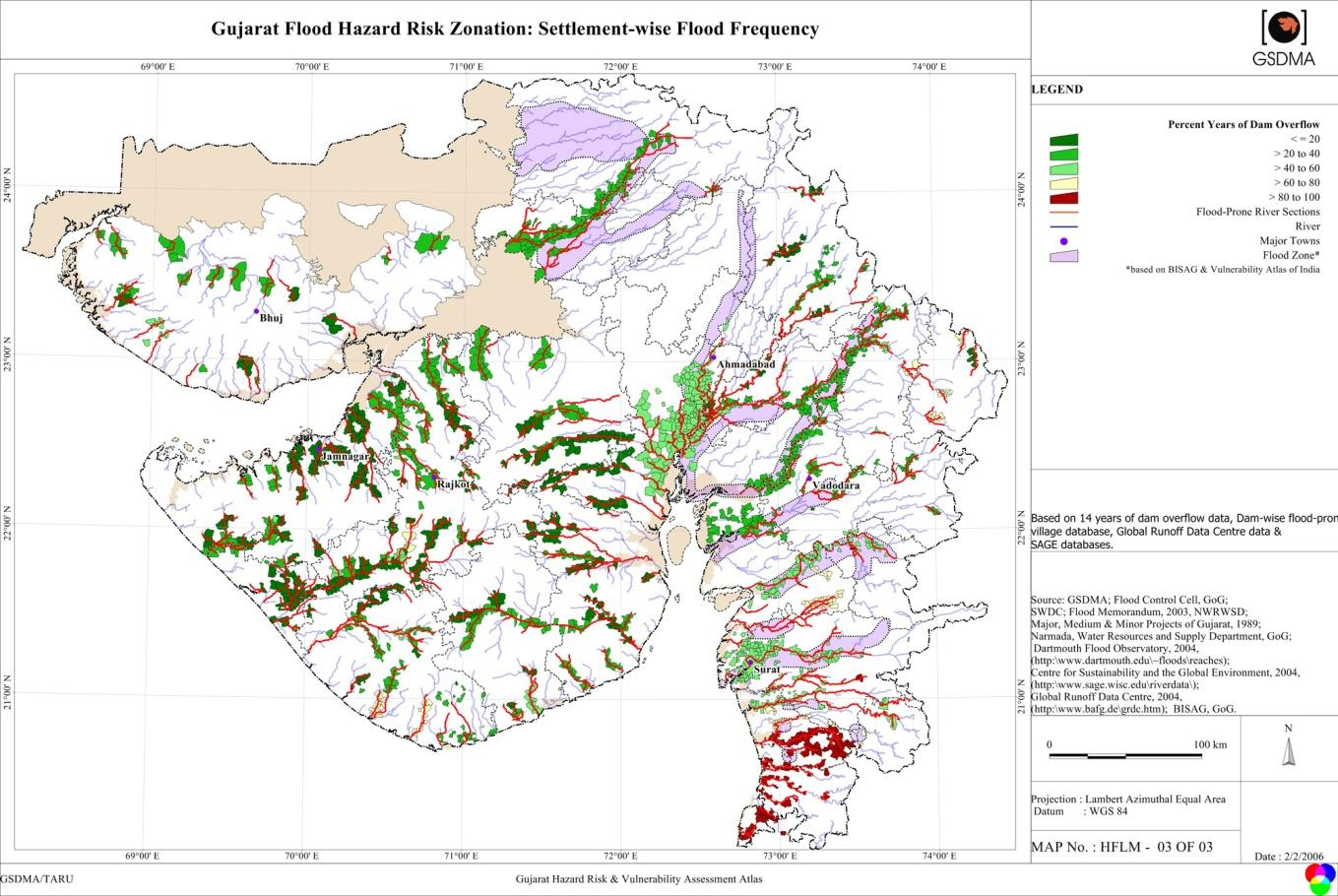Report by Shuchi Giridhar
Gujarat has been experiencing floods since Tuesday, 19th September. Over 12,000 people have been shifted from affected districts.
Why did Gujarat flood?
A lot of water was released from the Sardar Sarovar dam. This, combined with the heavy rains, caused floods in low lying areas of the Narmada district.
Narmada River was flooded after the release of massive amount of water from the dam.
Due to this, Vadodara and Bharuch district were flooded near the banks.
On Tuesday, some water was also directed from the Narmada main canal to the Sabarmati River. Small rainfed rivers like Orsang, Heran, Panam, Mahi, and Meshri were also swollen due to heavy rainfall and release of water from various dams. This caused flooding in low-lying villages. Gujarat is generally flood-prone in its low-lying plains.
What are the worst hit areas?
• Vadodara
• Bharuch
• Narmada
• Dahod
• Panchmahal
• Gandhinagar
• Ahmedabad
• Anand
are the worst hit cities and districts in Gujarat.
What is the current situation?
Most of the water has drained from the districts. The flooding and waterlogging have stopped. The situation is better.
The cities of Surat and Bharuch have incurred a lot of losses in terms of shops and markets. In Bharuch several retail shops in Pirkanthi, Furja, and Dandiya Bazar that sell rice grains, clothes, handmade items, and other essentials have been completely damaged.
What is being done for recovery?
Over 11,000 people from low lying districts like Vadodara, Bharuch, Narmada, Dahod, Panchmahal, Anand, and Gandhinagar have been evacuated and shifted to safe shelters where their food and health are being taken care of.
To make sure that sanitation and proper cleaning is carried out in the flood hit areas, around 200 teams were sent out to clean the affected areas. Door to door cleaning has already begun. Around 1,200 sanitary workers have been sent to Surat and Vadodara.
Over 50,000 people have gone through health checkups.

